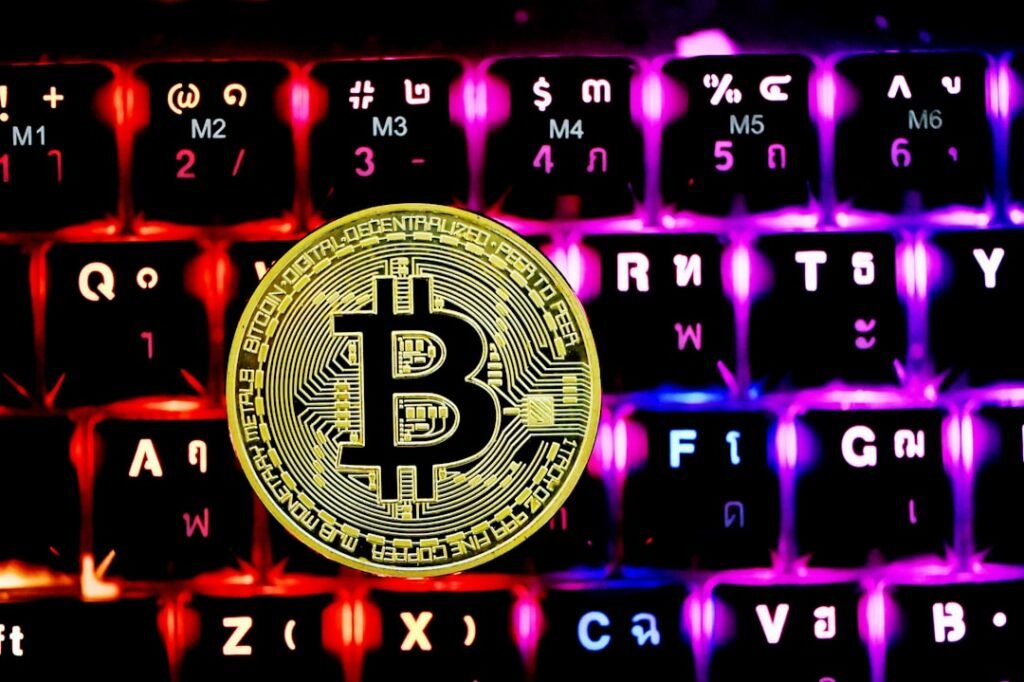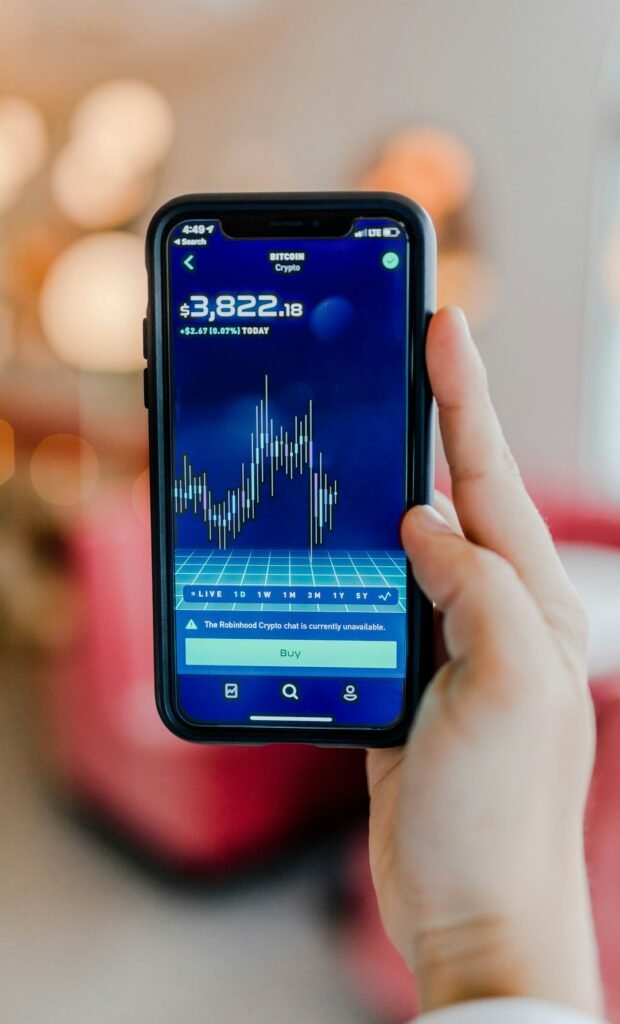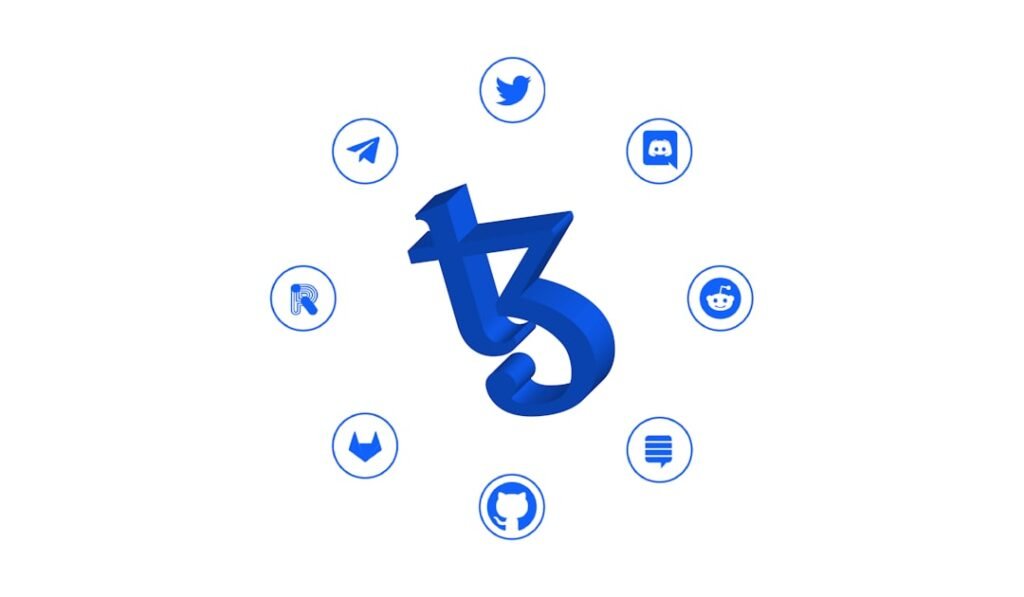How to Trade Cryptocurrency on Binance: The Ultimate 2025 Beginner's Guide
Cryptocurrency trading involves buying, selling, and exchanging digital assets like Bitcoin, Ethereum, and altcoins to profit from market fluctuations. With the crypto market exceeding $3.4 trillion, opportunities abound—but success requires strategy and discipline. This step-by-step guide demystifies trading on Binance, the world’s largest crypto exchange.
What is Cryptocurrency Trading?
Cryptocurrency trading operates on blockchain technology, enabling decentralized transactions without intermediaries. Unlike stocks, crypto markets run 24/7, allowing non-stop global participation. Traders use two primary methods:
- Spot Trading: Buying/selling actual coins (e.g., 1 BTC for $97,000).
- Derivatives Trading: Speculating on price movements with leverage (up to 125x on Binance).
✅ Pros of Crypto Trading
- High Profit Potential: Volatility enables rapid gains (e.g., Bitcoin’s 2024 surge from $40,000 to $98,000).
- Accessibility: Start trading with as little as $10.
- Diverse Assets: Choose from 25,000+ coins, from stable giants like Ethereum to emerging tokens.
❌ Cons of Crypto Trading
- Extreme Volatility: Prices can swing 10-50% daily.
- Security Risks: Hackers stole $1.2B in crypto in 2024.
- Regulatory Uncertainty: Policies vary globally, impacting legality and taxes.
How to Trade Crypto on Binance: 6 Simple Steps
Step 1: Create a Binance Account
- Visit Binance’s website or download the app.
- Click "Sign Up" and enter your email/phone number.
- Verify your identity with a government ID (passport/driver’s license).
- Enable two-factor authentication (2FA) for security.
Binance supports users from 180+ countries with no signup fees.
Step 2: Deposit Funds
- Bank Transfer: Low fees; 1-3 day processing.
- Credit/Debit Card: Instant deposits (1.8%-4% fee).
- Crypto Deposit: Send existing coins (e.g., BTC) to your Binance wallet.
Navigate: Wallet → Overview → Deposit.
Step 3: Choose a Cryptocurrency
Go to "Markets" and explore 350+ options:
- Bitcoin (BTC): High stability; ideal for beginners.
- Ethereum (ETH): Smart contract leader.
- Altcoins: Solana (SOL), Dogecoin (DOGE)—higher risk/reward.
Step 4: Select a Trading Strategy
| Strategy | Timeframe | Risk Level |
|---|---|---|
| Day Trading | Hours | High (requires constant monitoring) |
| Swing Trading | Days/weeks | Medium |
| Scalping | Minutes | Very high (uses bots) |
| HODLing | Months/years | Low (long-term growth) |
| Copy Trading | Varies | Low (mirrors experts) |
Tip: Binance’s "Copy Trading" feature automates following seasoned traders.
Step 5: Execute a Trade
- Go to "Trade" → "Spot".
- Select a trading pair (e.g., BTC/USDT).
- Choose an order type:
- Market Order: Buy/sell instantly at current price.
- Limit Order: Set a target price (e.g., buy BTC at $96,500 if it dips).
- Confirm the transaction.
Step 6: Store Your Crypto Securely
- Short-Term: Keep coins in your Binance wallet.
- Long-Term: Transfer to a hardware wallet (e.g., Ledger Nano X).
Never share private keys!
Crypto Trading vs. Stock Trading: Key Differences
- Market Hours: Crypto trades 24/7; stocks follow exchange hours (e.g., NYSE: 9:30 AM–4 PM EST).
- Volatility: Crypto prices can swing 10-50% daily vs. stocks’ 1-5%.
- Fees: Binance spot fees start at 0.1%; stock brokers often charge per-trade fees.
- Regulation: Stocks are heavily regulated; crypto rules vary by country.
Mastering Analysis: Fundamental vs. Technical
Fundamental Analysis
Evaluate a coin’s long-term value:
- Utility: Does it solve real problems? (e.g., Ethereum’s smart contracts).
- Adoption: Are major companies using it? (e.g., PayPal accepting Bitcoin).
- Tokenomics: Scarcity boosts value (Bitcoin’s max supply: 21 million).
Technical Analysis
Predict short-term moves using charts:
- Moving Averages: Identify trends (e.g., 50-day average crossing above 200-day = bullish signal).
- RSI (Relative Strength Index): Values >70 indicate overbought conditions; <30 signal oversold.
Combine both methods for balanced decision-making.
4 Critical Factors for Successful Trading
- Liquidity: Stick to high-volume coins (BTC, ETH) for easy entry/exit. Low liquidity = price slippage.
- Fees: Binance charges 0.1% per spot trade. Use limit orders to avoid spread costs.
- Security: Use 2FA and cold wallets. Avoid sharing sensitive data.
- Regulations/Taxes: Report profits (e.g., U.S. traders pay capital gains tax).
Conclusion
Cryptocurrency trading on Binance is accessible but demands education and caution. Start small ($50-$100), prioritize blue-chip coins like Bitcoin, and never risk more than you can lose. Use strategies matching your risk tolerance, and secure assets in hardware wallets for long-term holds. With discipline, crypto trading can unlock transformative financial opportunities.
FAQs
Is crypto trading easy?
No—it requires learning charts, strategies, and risk management. Beginners often lose money by buying high or selling low. Start with demo accounts or copy trading to build confidence.
What’s the best crypto to buy now?
Bitcoin and Ethereum remain safest for newcomers. For higher risk/reward, consider Solana or Polkadot. Always research before investing.
How do I start trading cryptocurrency?
- Sign up on Binance/Coinbase.
- Deposit funds via bank/card.
- Study market trends.
- Execute small test trades.
What are crypto pump and dump schemes?
Scammers artificially inflate a coin’s price ("pump") through hype, then sell their holdings ("dump"), causing crashes. Avoid low-volume coins with sudden price spikes.










